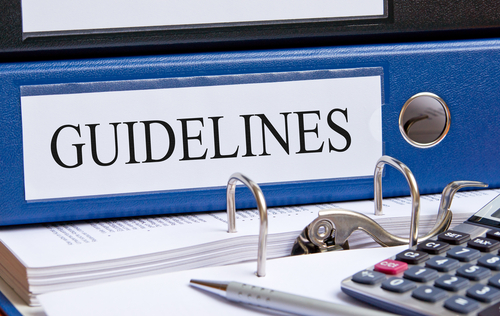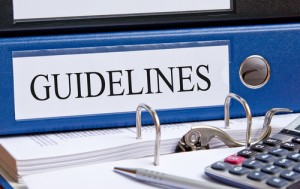PHA Recommends CHEST Treatment Guidelines for Pulmonary Arterial Hypertension in Adults

 The American College of Chest Physicians’ (CHEST) series of guidelines for the management and treatment of pulmonary arterial hypertension (PAH) in adults, which was published this summer in the CHEST journal, has been officially endorsed by the country’s leading pulmonary hypertension association, the Pulmonary Hypertension Association (PHA).
The American College of Chest Physicians’ (CHEST) series of guidelines for the management and treatment of pulmonary arterial hypertension (PAH) in adults, which was published this summer in the CHEST journal, has been officially endorsed by the country’s leading pulmonary hypertension association, the Pulmonary Hypertension Association (PHA).
The “Pharmacological Therapy for Pulmonary Arterial Hypertension in Adults: CHEST Guideline and Expert Panel Report“ published in CHEST is meant to be a free, open-access handbook with the latest and most accurate PAH treatments for clinicians. The PHA believes that the publication of these guidelines is a step forward for the prevention and cure of pulmonary hypertension, a goal that they also share with CHEST.
[adrotate group=”4″]
“Many times physicians are not clearly informed on the latest ways to treat PAH,” explained the PHA President and CEO, Rino Aldrighetti. “These guidelines help physicians understand the broad range of therapies available and the need for more research to create more.”
With 79 recommendations and expert consensus statements, Pharmacological Therapy for Pulmonary Arterial Hypertension in Adults: CHEST Guideline and Expert Panel Report comprises the latest drug therapies, which have been reviewed and endorsed by the PHA Scientific Leadership Council. The complete guidelines are available in CHEST Journal, but an abridged version can be found online.
Pulmonary hypertension is a disease of the lungs that affects the functioning of the heart and can lead to right heart failure. The symptoms for all types of pulmonary hypertension may be similar, which are usually more severe as the disease progresses, and may include breathlessness, chest pain, dizziness, fainting, loss of energy, swelling of the arms, legs, ankles or abdomen, dry cough, raynaud’s phenomenon, and, without treatment, lead to a survivability rate of only 2.8 years.
[adrotate group=”3″]







